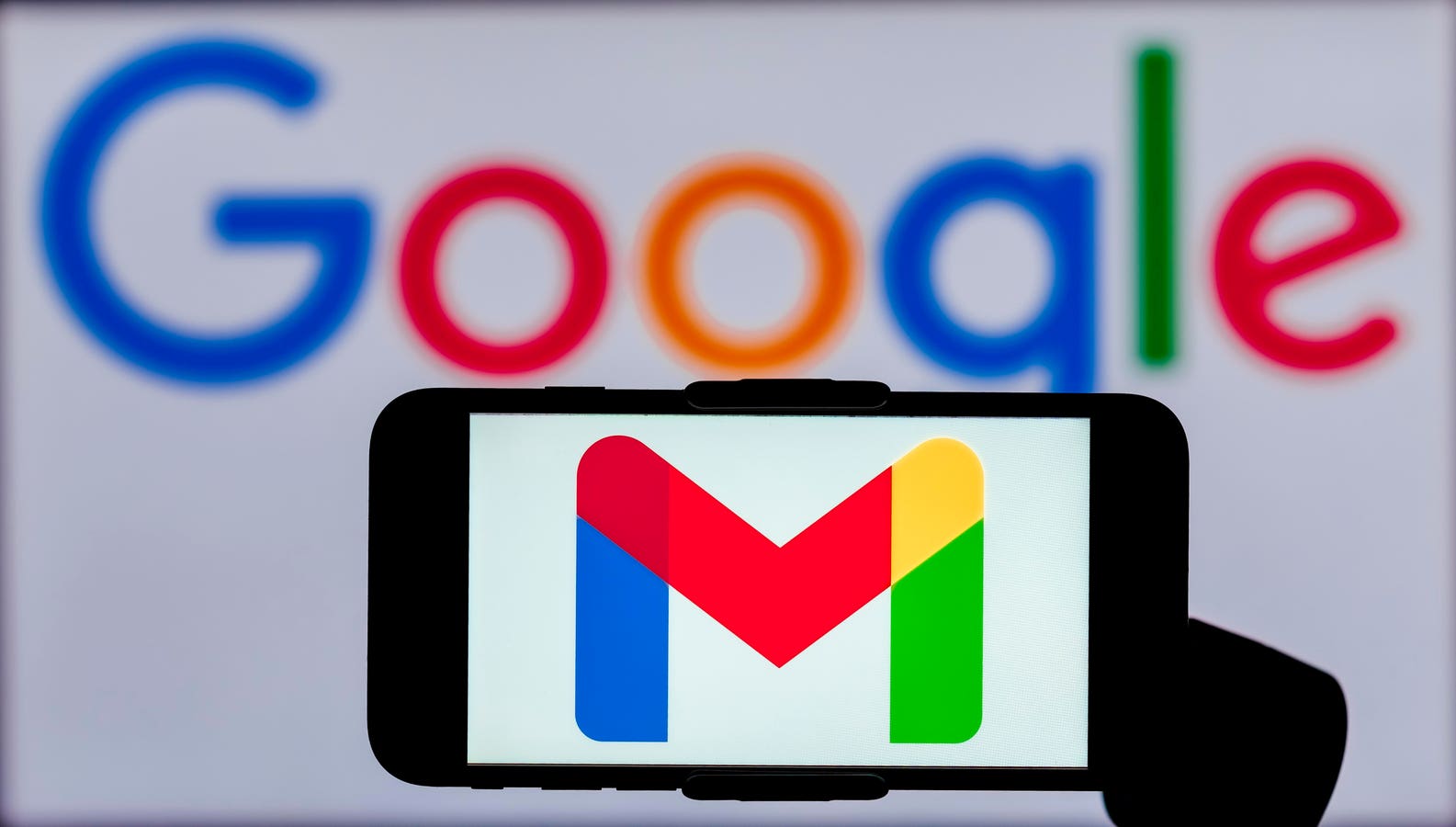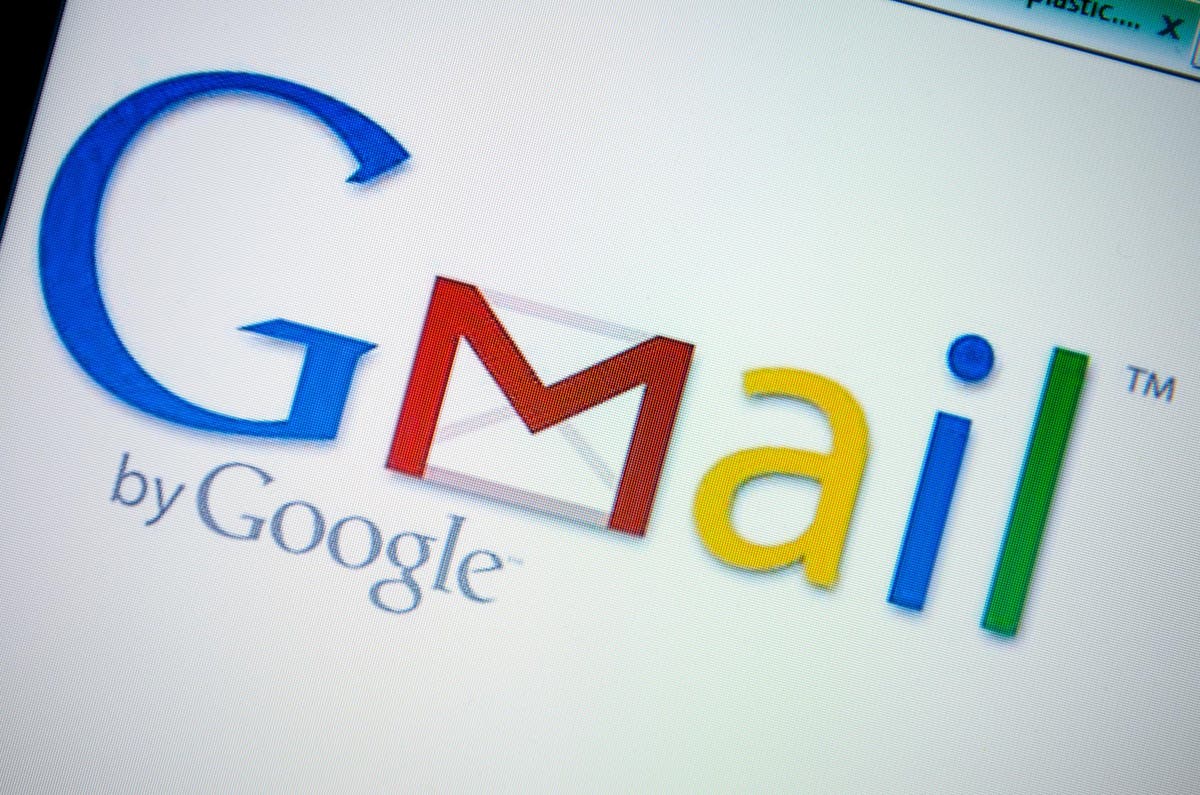Blue House Computer Help
Active Member
- Reaction score
- 30
- Location
- Cambridge, UK
A little advice needed. I have an elderly customer who had his Gmail hacked. Only has email on one device, and only had one active email address, so didn't have a recovery email address set, but he has 2 step authentication turned on (text to his iPhone).
Apparently under some circumstances, when you can't do any form of normal authentication/2FA, Gmail has an option where you can put in any email address and have a password reset link sent to you after a 48 hour delay. Of course they send you an email to that account to warn you, but if you don't happen to check your email in at 48 hours, they can reset your password. He has 2 step authentication turned on (text to his iPhone), but he didn't get anything.
I know that sounds like it's wide, wide open for abuse and I wouldn't have believed it myself, except that we had to use the same process to regain access to his account as he doesn't have a recovery email address. Once we've got access, we could see one security notification email About this 48 hour delay period that had been sent to the account from when we did it, and a matching one from when the hacker did the same thing about 5 days ago.
Questions:
1. Is there a best practice checklist somewhere for completely locking down a gmail account? It was hacked in a different way before (Before we added 2 step authentication), so I wonder if there was some previous access that allowed this loophole without receiving a 2FA text.
2. Was this 48 Hour reset option only available because he didn't have a recovery email address set up? Or, under what circumstances is it possible?
Apparently under some circumstances, when you can't do any form of normal authentication/2FA, Gmail has an option where you can put in any email address and have a password reset link sent to you after a 48 hour delay. Of course they send you an email to that account to warn you, but if you don't happen to check your email in at 48 hours, they can reset your password. He has 2 step authentication turned on (text to his iPhone), but he didn't get anything.
I know that sounds like it's wide, wide open for abuse and I wouldn't have believed it myself, except that we had to use the same process to regain access to his account as he doesn't have a recovery email address. Once we've got access, we could see one security notification email About this 48 hour delay period that had been sent to the account from when we did it, and a matching one from when the hacker did the same thing about 5 days ago.
Questions:
1. Is there a best practice checklist somewhere for completely locking down a gmail account? It was hacked in a different way before (Before we added 2 step authentication), so I wonder if there was some previous access that allowed this loophole without receiving a 2FA text.
2. Was this 48 Hour reset option only available because he didn't have a recovery email address set up? Or, under what circumstances is it possible?




